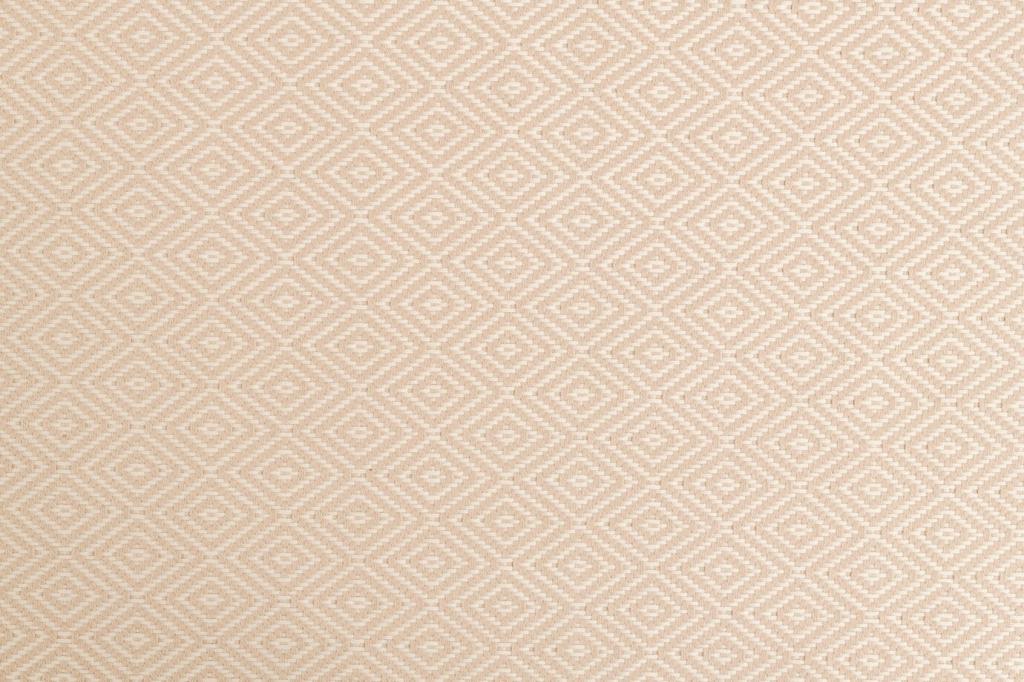
Eco-Friendly Design Strategies for Homes
Eco-friendly design strategies for homes emphasize the integration of sustainable practices and materials to minimize environmental impact and promote healthier living spaces. These strategies go beyond aesthetics, taking into account how homeowner choices affect resource consumption, energy use, and the overall ecological footprint of a residence. By understanding and implementing these approaches, anyone looking to build or renovate can make a difference in both the environment and their daily well-being.
Recycled and Renewable Options
Incorporating recycled or rapidly renewable resources, such as reclaimed wood, recycled metal, or bamboo, offers a tangible way to reduce demand for virgin materials. These products often require less energy to manufacture and divert waste from landfills. For example, recycled glass surfaces or composite decking made from reclaimed plastics and wood fibers provide durability and unique character. Renewable materials like cork or fast-growing bamboo regenerate quickly and can be harvested without depleting natural resources, making them ideal choices for eco-conscious designs.
Low-Emission and Non-Toxic Materials
Selecting materials with low volatile organic compound (VOC) emissions is crucial for improving indoor air quality. Paints, adhesives, and finishes that are free from harmful chemicals contribute to a healthier living environment. Likewise, insulation made from natural fibers such as cotton or sheep’s wool does not contain the synthetic irritants typically found in conventional products. By choosing non-toxic and low-emission options, homeowners protect both their own health and the environment.
Locally Sourced Products
Using materials that are sourced locally reduces transportation-related energy consumption and emissions. Local products often have smaller carbon footprints and support the regional economy. Stone, brick, or timber from nearby suppliers not only blend harmoniously with the local landscape but can also be more resilient to the climate of the area. This approach fosters a connection to place and strengthens community sustainability initiatives.
Previous slide
Next slide
Energy Efficiency in Home Design
Passive Solar Design
Passive solar design maximizes natural heating, cooling, and lighting by orienting the home, window placement, and thermal mass materials to make the most of solar energy. Strategic use of overhangs, window glazing, and insulated walls helps maintain comfortable indoor temperatures year-round with minimal reliance on mechanical systems. This design principle not only reduces energy consumption but also creates a more comfortable and responsive living environment that adapts to seasonal changes.


High-Performance Insulation and Windows
Upgrading insulation and window technology is vital for maintaining energy efficiency. High-performance insulation keeps heat inside during winter and out during summer, drastically reducing the need for heating and cooling. Meanwhile, double or triple-glazed windows with low-emissivity coatings minimize energy loss while letting in ample natural light. Together, these upgrades create more consistent indoor conditions, improving comfort and lowering energy bills over time.
Water Conservation Approaches
Low-Flow Fixtures and Water-Saving Appliances
The installation of low-flow faucets, showerheads, and toilets dramatically cuts household water use without sacrificing performance. Modern water-saving appliances, such as efficient dishwashers and washing machines, further decrease consumption by optimizing their cycles. These technologies collectively enable families to maintain comfort and convenience while contributing to the preservation of vital water resources.
Rainwater Harvesting Systems
Rainwater harvesting captures and stores rain for use in irrigation, flushing toilets, or even laundry with appropriate filtration. By redirecting runoff from rooftops to storage tanks, homeowners can reduce reliance on municipal water supplies, especially during dry seasons. This approach not only lessens the household’s environmental footprint but also helps manage stormwater, mitigating flooding and erosion in urban environments.
Drought-Resistant Landscaping Practices
Choosing native, drought-tolerant plants for yards and gardens reduces the need for supplemental watering and chemical fertilizers. Landscaping techniques such as mulching and xeriscaping further enhance soil water retention and foster resilient, self-sustaining ecosystems. By designing outdoor spaces that thrive naturally, homeowners support biodiversity, conserve water, and enjoy vibrant, low-maintenance gardens year-round.
